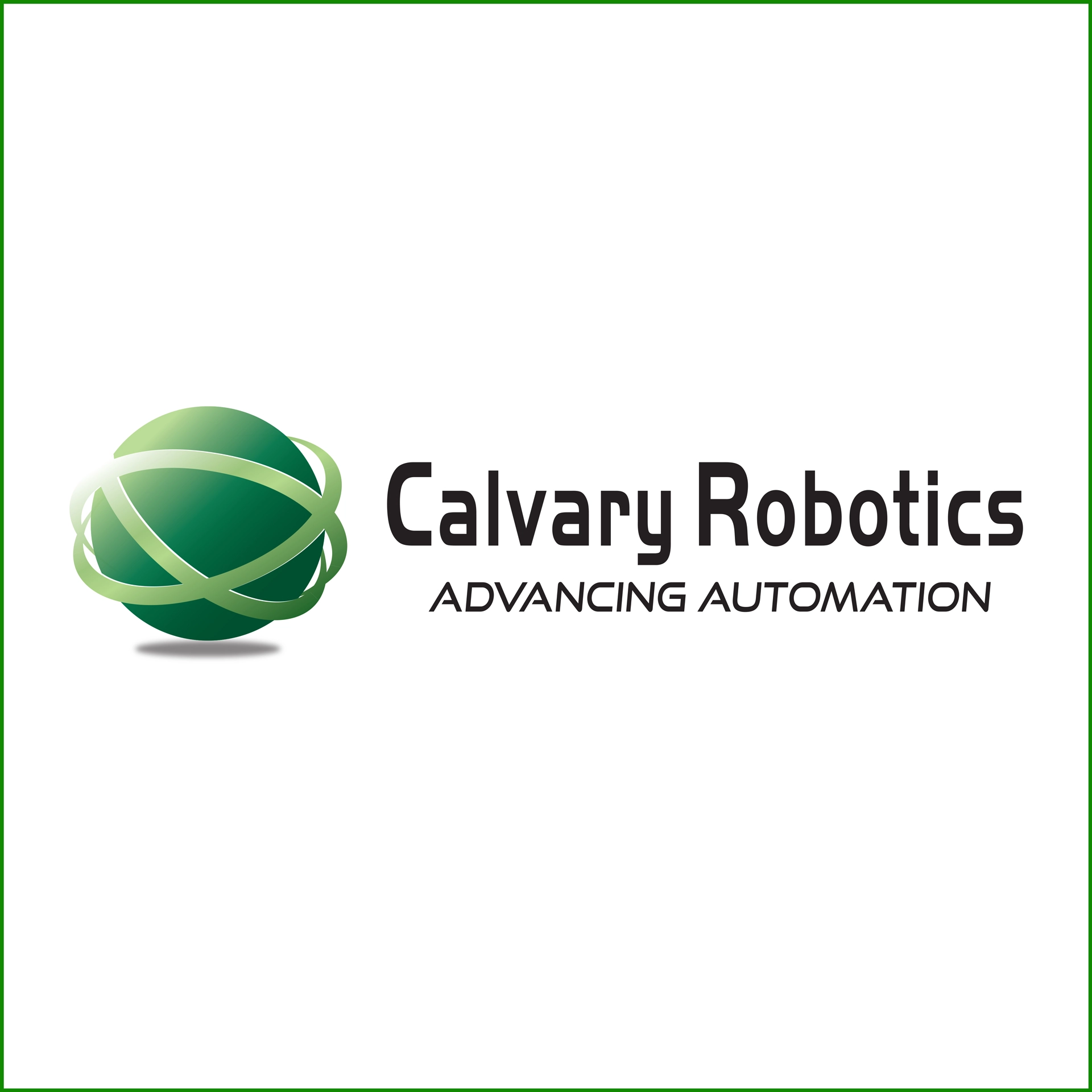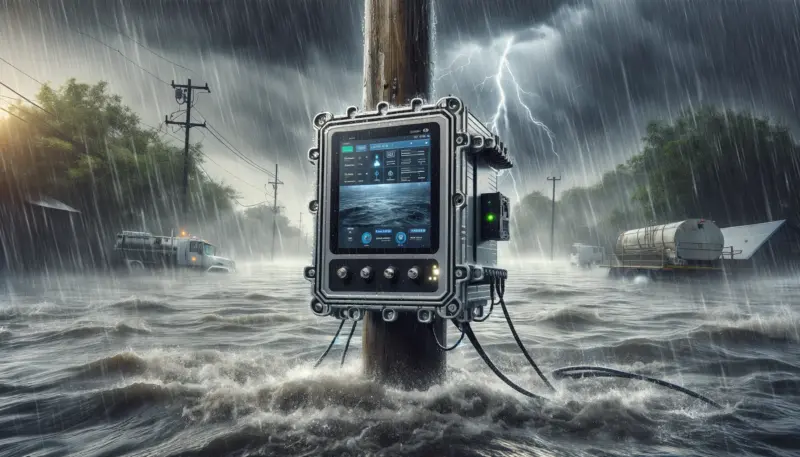Adapting Automation Standards: The New Era of Robotic Systems
It’s not often one spends their entire career in a single industry. For Mike Fisher, President at Calvary Automation, there’s no other place he’s quite as comfortable than automation and robotics. With dynamic changing markets at play in the robotics and automation industry, Calvary Automation, like other organizations, has its share of challenges. In this landscape, adapting automation standards is part of what keeps them competitive. Still, Fisher believes they are more than up to the task.
“There’s a shift in the strategy for automation,” Fisher said. “Fast-changing environments, reduced product lifecycles, the introduction of product derivatives and the need for commonality and flexibility are high on the list of importance when sourcing systems.”
Adapting automation standards, Fisher stated, is a vital aspect of their approach at Calvary. When considering a product offering, they look at both the external and internal benefits. The customer wants that flexibility and usability to get the best performance at the optimal cost. Internally, a streamlined system means less engineering time.
“Our strategy to support the market need centered around the continued development and deployment of these platform technologies or standards,” Fisher said. “That’s the combination of both mechanical and software-related standards that drive value, which we feel sets us apart in the industry.”
Robotic system standards are not mechanical only. There are also software standards to consider.
“We’re constantly looking at evaluating, incorporating and working with the latest software and applying them to our applications and our products,” Fisher said. “Obviously, in today’s environment with the adaptation of industry 4.0, it’s becoming more and more critical to focus not only on adapting those technologies, but also [to make] the software simpler and more configurable than programable.”



